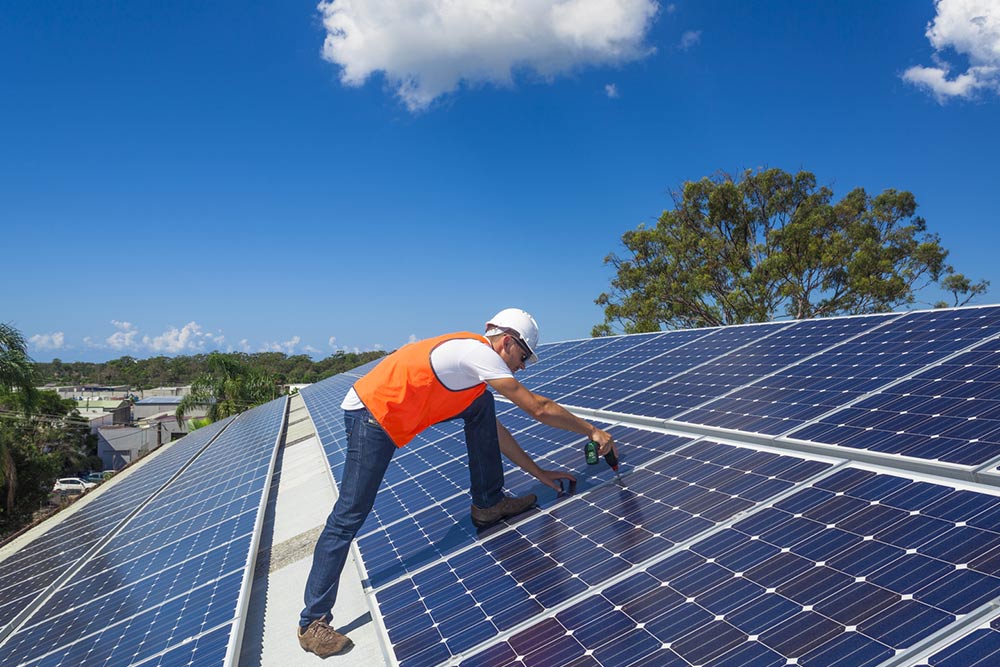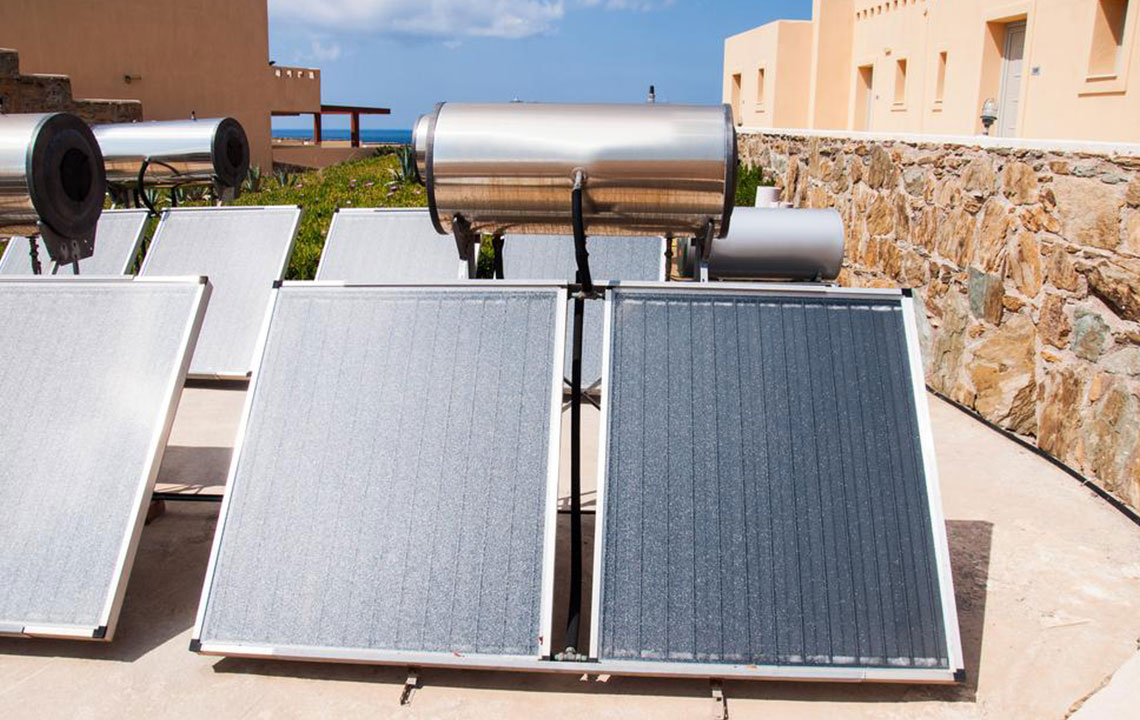Ultimate Guide to Solar Incentives and Rebates
This comprehensive guide explores federal and state solar incentives in the US, including tax credits, rebates, loans, and special programs like SMART and WAP. It helps homeowners understand how to maximize savings and access financial support for solar panel installation, promoting clean energy adoption and energy cost reduction.
Sponsored

Maximizing Benefits with Solar Incentive Programs
Investing in residential solar power can lead to substantial long-term savings. Despite recent cost reductions, initial setup expenses remain high. To help offset these costs, federal and state governments offer various solar incentives. This guide provides an overview of available programs nationwide and key points to consider. Here’s what you need to know:
Leading States for Solar Incentives in 2023
The 2022 Inflation Reduction Act emphasizes reducing energy consumption through incentives.
In 2023, alongside tax credits for solar systems paired with battery storage, the Act includes incentives for standalone battery storage. The Federal Solar Investment Tax Credit remains at 30% through 2032. Additional state or utility incentives may further reduce installation costs. Popular states offering significant tax benefits include:
California
Texas
Florida
North Carolina
Nevada
Arizona
Georgia
New York
Virginia
Massachusetts
Maryland
Connecticut
Ohio
New Jersey
Those in other states should consult local energy advisors or government offices to explore available incentives and programs for solar adoption.
Types of Solar Incentives
The benefits of installing solar panels encompass multiple federal and state programs. Key incentives include:
Tax Credits
Tax credits reduce the amount of income tax owed. Instead of direct payments, taxpayers claim a percentage or fixed dollar amount when filing, lowering their tax bill. If credits exceed owed taxes, a refund may be issued.
Rebates
Rebates provide cash refunds upon purchasing qualifying solar equipment, often through state programs, local agencies, or installers. You can receive rebates regardless of federal tax liabilities.
Low-Interest Loans
Certain states and utility companies offer affordable loans for solar purchases, easing upfront costs. These loans have reduced interest rates, making solar investments more accessible despite monthly payments.
Assistive Solar Programs
Programs like Colorado’s Weatherization Assistance Program (WAP) offer free solar installations for qualifying low-income households. WAP aims to cut energy expenses by over $400 annually and enhance home energy efficiency. Interested residents should contact local agencies to apply.
Referral Initiatives
Referral programs incentivize existing customers to recommend solar products, earning rewards such as discounts or cash for successful leads.
Massachusetts SMART Program
The Solar Massachusetts Renewable Target (SMART) program incentivizes cost-effective solar growth. In partnership with local utilities, it pays participants a fixed rate monthly over ten years based on energy generation. Payments are direct and locked-in at enrollment.
SRECs and Performance Incentives
Solar Renewable Energy Certificates (SRECs) are tradeable credits earned per kWh produced. Utility companies purchase SRECs to meet renewable targets, offering cash rewards. Some states also pay a fixed rate per kWh generated, with incentives paid monthly, as seen in California.






